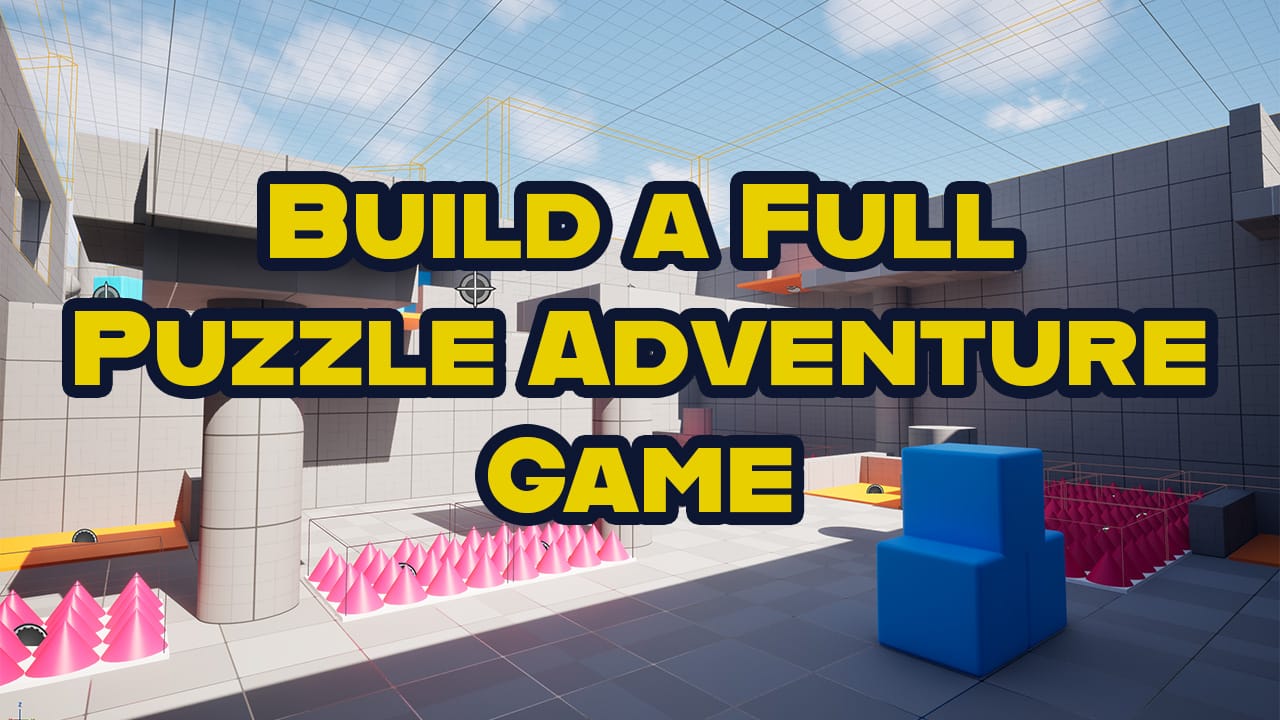3D Tudor’s “UV Mapping Bootcamp” is a comprehensive course designed to elevate your UV unwrapping and texturing skills in Blender. Learn to diagnose distortion, build efficient workflows, and prepare your models for game engines like Unreal and Unity.
Tired of UV mapping nightmares turning your 3D models into stretched, distorted messes? 3D Tudor’s latest offering promises to banish bad UVs for good. The “UV Mapping Bootcamp: Master Unwrapping & Texturing in Blender” is designed to equip 3D artists with the knowledge and skills to create clean, efficient UV layouts, whether you’re a seasoned Blender veteran or just starting out.
Video via 3D Tudor
What’s Covered in the Bootcamp?
The bootcamp tackles everything from UV theory to practical application, ensuring you understand the why behind the how. According to 3D Tudor, the course covers a wide range of essential topics, including:
- UV theory explained in plain language
- Smart vs. manual unwrapping techniques
- Using cube, cylinder, and sphere projections effectively
- Troubleshooting stretching, overlaps, and padding issues
- Maintaining consistent texel density
- Trimsheet, atlas, and vertex-paint workflows
- Export-safe packing for Unreal, Unity, and Substance Painter
Smart UV Project vs. Seam-Based Control
One of the key takeaways from the course is the ability to strategically choose between Blender’s Smart UV Project and seam-based unwrapping. Smart UV Project offers a quick and easy solution for simpler models, automatically generating UVs with minimal stretching. However, for more complex assets, manual seam placement provides greater control over the UV layout, allowing for optimized texture resolution and reduced distortion.
Diagnosing and Fixing Distortion
A crucial aspect of UV mapping is identifying and correcting distortion. The bootcamp emphasizes the use of checkerboard patterns to visualize UV stretching and compression. By analyzing the checkerboard grid on the model, artists can quickly pinpoint areas that require adjustment, ensuring textures are applied accurately and consistently.
Streamlining Workflows with Trimsheets and Atlases
For efficient game asset creation, the course delves into trimsheet and atlas workflows. Trimsheets are long, repeating textures used to add detail to architectural elements or props, while atlases combine multiple textures into a single image file. These techniques can significantly reduce draw calls and improve performance in game engines like Unreal Engine and Unity. Unity’s documentation [external link] provides further insights on draw call optimization.
Preparing for Export
The bootcamp also covers the critical steps involved in exporting UV layouts for use in other software packages, such as Substance Painter, Unreal Engine, and Unity. This includes proper packing techniques to maximize texture space and avoid overlapping UVs, ensuring a seamless texturing workflow.
Who is 3D Tudor?
3D Tudor, led by Neil Bettison and joined by expert Lukas, is a well-known name in the Blender community, offering a wealth of tutorials and courses for artists of all skill levels. With a focus on clear, concise instruction, 3D Tudor has helped over 250,000 students worldwide master the art of 3D modeling.
Whether you’re looking to improve your UV mapping skills for game development, archviz, or personal projects, the “UV Mapping Bootcamp” offers a comprehensive and practical approach to mastering this essential aspect of 3D art. The course is available on Udemy [external link], ArtStation [external link], SuperhiveMarket [external link], and FlippedNormals [external link].
Source:
3DTudor – UV Mapping Bootcamp Master Unwrapping & Texturing in Blender



